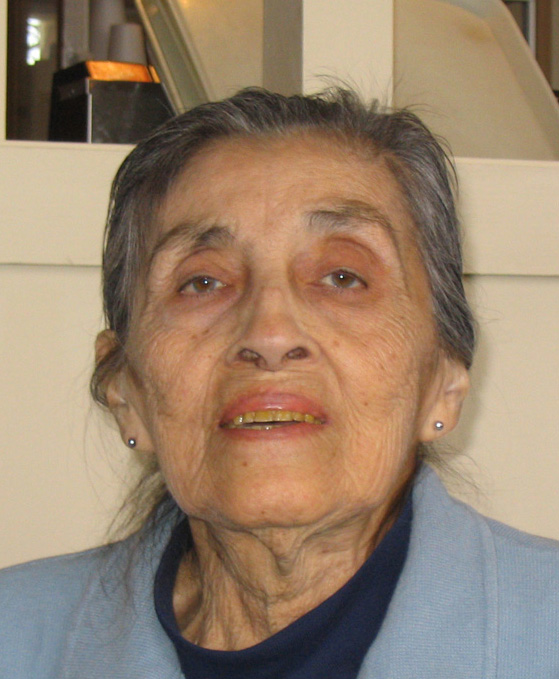GLADYS SHINGOBE RAY
 |
|
SAMPLES FROM THE INTERVIEW ON BEING A MINORITY: "I was almost always the only American Indian in the group. The Women’s Army Corps were smaller groups anyway and I was definitely always the one and only. And it appeared an advantage for me, I think for minority people it’s found that if you’re not a threat to anybody you can get along pretty good. But if you are a larger group of people then you become a threat." ON THE IMPACT OF HER EARLY INVOLVEMENT: "I think it was a good learning experience ‘cause there I read some of the statistics that were pretty earth-shaking to me, at the condition that the American Indian people were in. You know, the poverty, although I lived in poverty all my life, I didn’t know anything else existed. You know, I guess, how much more poverty there was. The high infant mortality rate for the Indian people compared to the rest of the people. The high incidence of suicide, especially among the young people, the high unemployment rate… We were high on all the wrong things. And they were low on all, and there was a high drop out rate. There was a low life expectancy, among the American Indian, then all the rest of them. All these statistics put together really made me think, you know, there must be, it made you feel like you had to do something about it." |